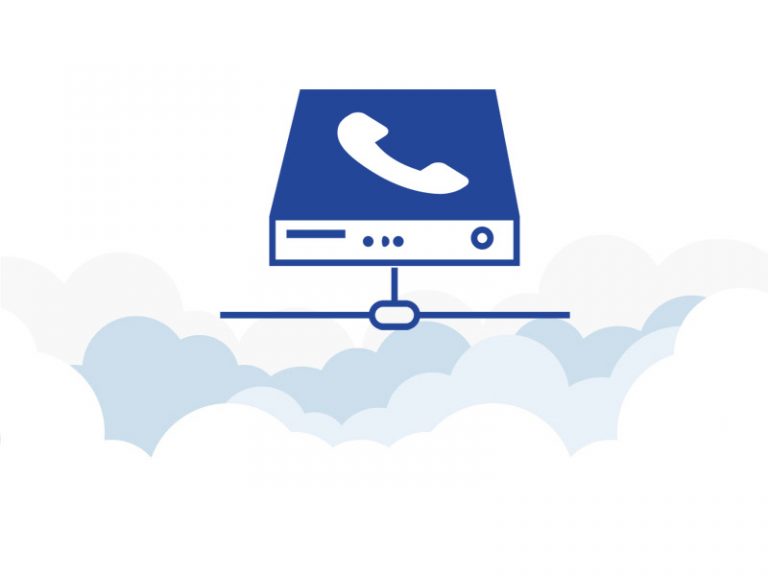Is your business properly equipped for remote working?
Remote working is great for work-life balance, but failure to facilitate it properly can hinder productivity rather than improve it.

Is your workplace properly equipped to offer a quality remote working option?
The way businesses operate has dramatically changed over the last decade in line with the advancements in technology. The shift to a more digital approach to working gives businesses the option to save money whilst vastly improving their employee productivity by offering remote, flexible working.
A lot of businesses believe 9-to-5 office jobs are no longer needed, and instead find themselves offering flexible alternatives which allow employees to work from their home rather than a shared office-space. In order to make remote working a viable option, it’s essential that a business has access to the tools and software required to make it a secure and safe option.
As the older working generations head towards retirement, Millennials – anyone born between 1981 and 1996 – and Gen Z – anyone born between 1996 and 2012 – are beginning to make up a large percentage of the modern workforce.
The speed of the digital change has been influenced by the Millennial generation as they were typically exposed to technologies from such an early age that they expect to be able to use modern technology to aid with their day-to-day working. However, studies are showing that Gen Z workers tend to expect face-to-face interaction despite their level of interaction on social media.
In order to accommodate a combined Millennial and Gen Z workforce, businesses need to adopt a system which allows workers to work just as efficiently from home as they could in the office, and vice versa. The first thing to consider is how to enable your remote and office workers to work together on collaborative pieces.
Although archaically, sending email attachments between colleagues was a good way to work on a document together, it doesn’t allow for real-time collaboration. Instead, opting for an efficient file-sharing service – such as using OneDrive or Google Docs – would allow for colleagues to work on the same document, with changes appearing to the other party in real-time.
With a partially office-based and partially remote workforce, you need to ensure meetings and group huddles are possible without everyone having to commute to one location.
That’s where Horizon Collaborate comes in… Find out how a Unified Communications Solution like Horizon Collaborate can benefit your business



